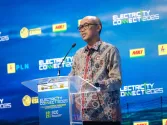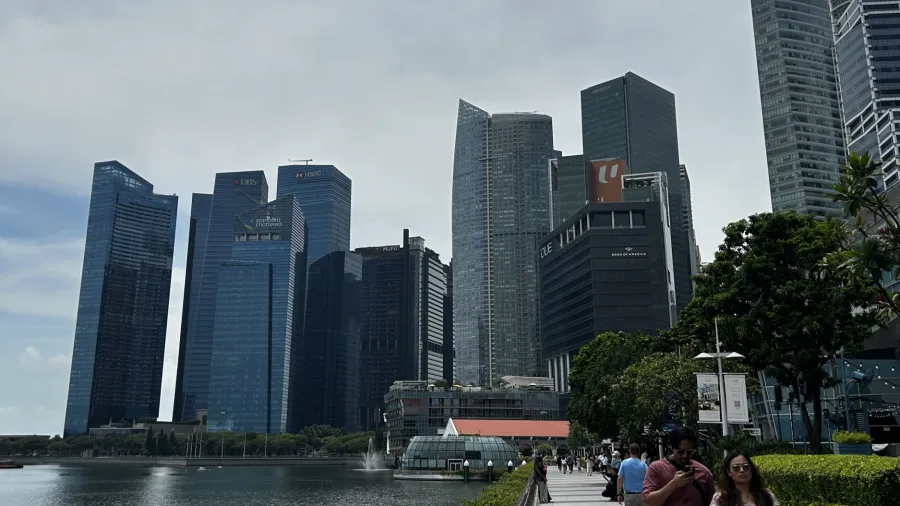
Why Singapore is a blueprint for smart grid development in ASEAN
The city-state’s cumulative spending on digital grid is around $83.85m.
Countries in ASEAN can take note of how Singapore is making efforts to achieve a more sustainable energy sector.
In the report entitled ASEAN’s low-carbon future flows through smart grids, Ember said Singapore offers a governance blueprint.
“Singapore shows what strong institutions can achieve. The Energy Market Authority mandated grid digitalisation and, in partnership with SP Group, a state-owned utility, funded deployment directly through its green financing framework, recovering costs through regulated tariffs,” the report read.
The organisation said this demonstrates how clear regulation and capable utilities can drive progress without donor support.
Singapore’s total spending on digital grid programmes has reached around $83.85m (US$65m), which is within the benchmark range of $43.86m to $116.10m (US$34m to US$90m). This suggests the benchmark is a reasonable reference, whilst also leaving room for countries to allocate more resources should they pursue higher levels of digitalisation, flexibility, or regional integration.
Ember also noted that Singapore’s Grid 2.0 strategy illustrates the benefits of acting early.
“A centrepiece of this approach is the Grid Digital Twin, a virtual model that enables real-time simulation, predictive maintenance, and risk-aware planning. Together, these investments show how strengthening hardware through modernisation and embedding intelligence through smart grids will make Singapore's power systems strategic assets for competitiveness,” the report read.
Amidst grid challenges in the region, Singapore is one of the states that keeps outages below one hour per customer annually. The city-state and Brunei are also the only ones that recorded the lowest interruption and frequency of outages.
“Priorities differ as some countries must reduce outage duration and frequency, whilst others must limit the impact of large disruptions. As ASEAN transitions to a low-carbon grid, solutions will need to be tailored to each country's unique needs,” Ember said.
US$1 = $1.29


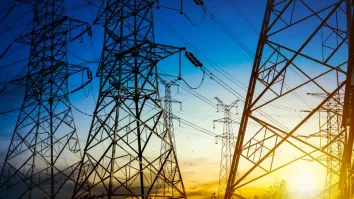


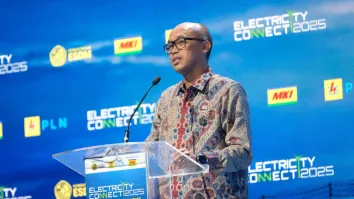







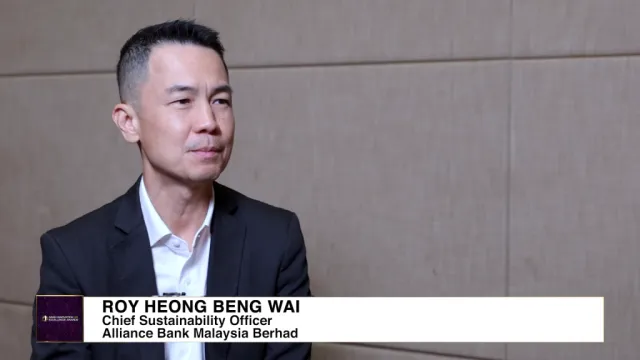


 Advertise
Advertise






